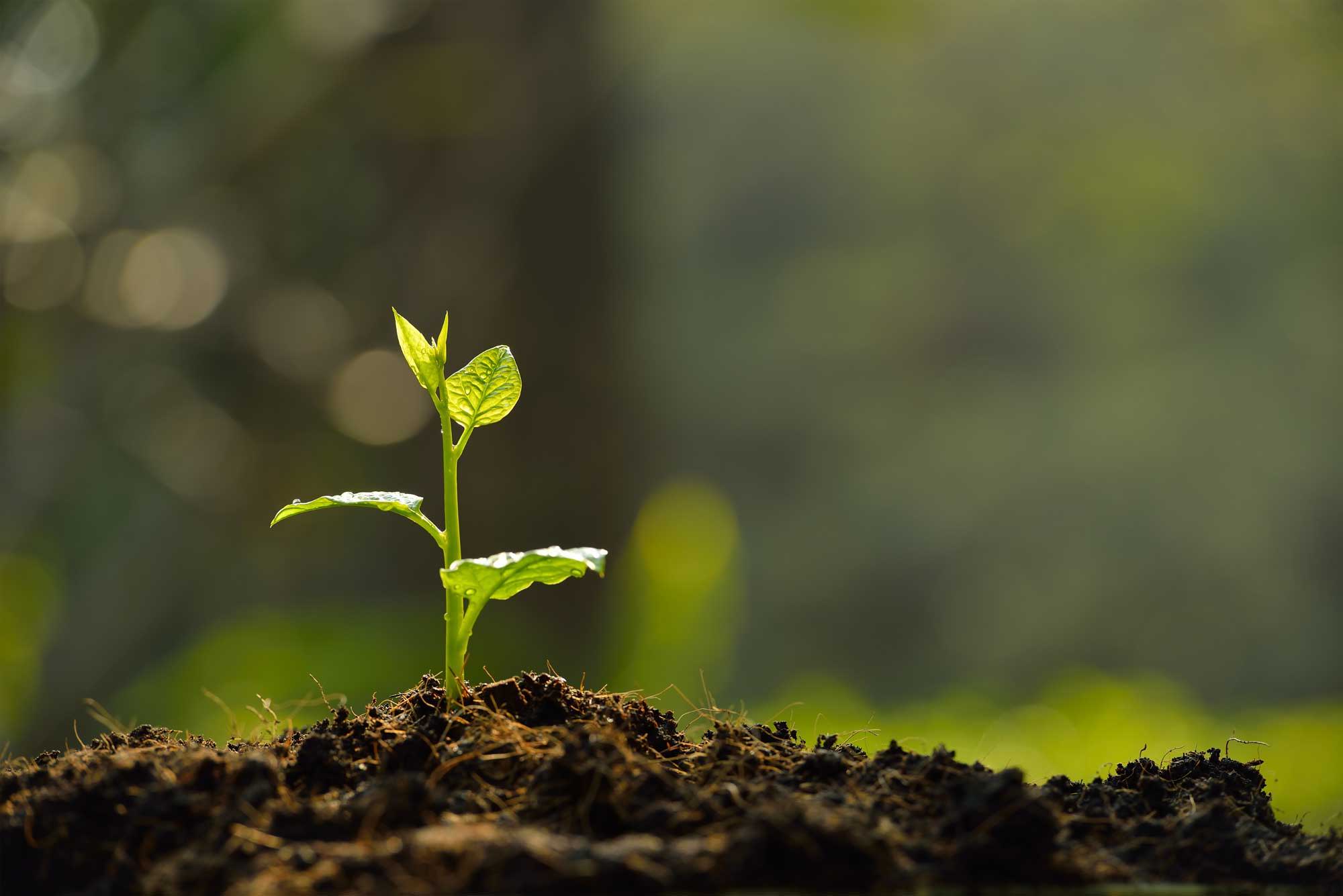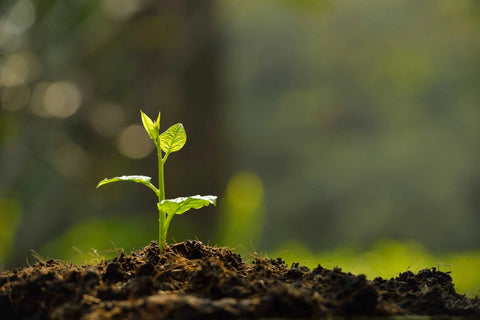
The large, beautiful continent of Africa has emerged as a sustainability leader destined to develop in line with the demands of the future. Unfortunately, this continent bears a disproportionate brunt of the responsibility for at least one problem it didn’t create, namely, climate change.
Only four percent of the world’s greenhouse gas emissions stem from Africa, while sixty-five percent of the population faces the consequences of drought, desertification and other climate issues brought on by global warming.
Yet, many regions of the continent have stepped up to this challenge and others to show that it won’t back down in the face of adversity. Instead, it will strive to overcome it.

Extending the entire width of the African continent, the Great Green Wall is a solution to climate problems dreamt up by African people. Beginning in 2007, it has now gained widespread support from over twenty countries in the African Union.
The Great Green Wall holds future promise for a region facing great difficulties. Its impact could improve the lives of millions of people. And it’s a novel concept to boot: a living monument, larger than the Great Barrier Reef.
The Great Green Wall Initiative is designed to protect the southern edge of the Sahara desert, known as the Sahel region, from increasing drought and desertification. Since the region is one of the poorest areas in the world, planting trees and restoring the landscape will help people resolve conflicts related to extremism that are fueled by scarcity and develop sustainable livelihoods in farming.
Now, the project has achieved international support to the tune of $8 billion dollars. In addition, important international partnerships have formed to support the African Union to realize its Great Green Wall Initiative.
Upon completion the Great Green Wall will span the African continent, extending a total of 4,400 miles with a width of about 9 miles. Currently, 15 percent of the project has been completed.
So far, Ethiopia has had the most success by restoring 15 million hectares of degraded land. Just this year, Ethiopia beat the world record for tree planting. In 12 hours, the people of Ethiopia planted 350 million tree saplings.
Next, Senegal has planted 11.4 million trees and restored 25,000 hectares of land. Under the Great Green Wall Initiative, Nigeria restored 5 million hectares of land and created 20,000 jobs. Meanwhile, Sudan restored 2,000 hectares of land, and the combined total progress of Burkina Faso, Mali and Niger amounts to 2,500 hectares of restored land as well as over 2 million native tree seeds and saplings planted.
In some parts of the world, climate change has already taken a toll, devastating landscapes. The sub-Saharan Sahel region of Africa is a perfect example of this.
Older people living in the Sahel region recall when the lands were once covered in lush green vegetation. However, since the 1970s, the impacts of climate change, population growth and mismanagement of the land have depleted the natural resources of the region leaving many people with no choice but to migrate in search of work.
Recognized as a global threat to sustainable development, desertification prevents subsistence farmers from sustaining their livelihoods. Currently eighty percent of the Sahel region’s population currently works in subsistence farming.
According to a recent study, the Sahara desert has expanded by 10 percent since 1920. Its authors singled out manmade climate change as a primary cause for the expansion. Deserts are landscapes marked by low precipitation, averaging less than four inches of rainfall per year. The Sahara itself spans an area as large as the entire continental United States.
Yet, the problem of desertification is not just limited to the Sahel. The UN Food and Agriculture Organization (FAO) estimates that two thirds of Africa’s arable land will transform into dry, barren deserts.
While the Great Green Wall is not a quick-fix to the problem--it could take over twenty years to see lasting results--the size of the solution matches the scale of the problem. Trees not only help take carbon from the atmosphere and store it in the soil, they improve the water retention capability of the soils. Many native trees are useful to local communities, as they can be pruned and used as firewood fuel, they provide shade for crops and their leaves can fertilize the ground so that nearby crops can grow more plentifully.
However, landscape restoration takes time, resources and most importantly, attentive land stewards who can tend the areas and protect the trees, ensuring they can grow. In some areas, this can be difficult, because the land must be protected from grazing animals who will otherwise eat the saplings. Some farmers also fret that the positive effects of the project won’t be seen early enough to prevent the next generation from leaving the area in search of jobs elsewhere.
However, in places such as Burkina Faso, local farmers have developed useful indigenous farming techniques that restore lands through innovative water systems that include pits and rock walls that support the land’s water retention. Meanwhile, in Senegal, farmers are planting drought resistant acacia trees that can also be harvested for gum arabic, which is a commodity used in soda, to boost the local economy. These diverse solutions show how the Great Green Wall uses locally beneficial strategies to address this global problem.
When the African Union launched the initiative in 2007, the first countries to take part in the Great Green Wall Initiative included eleven countries that lie in the Sahel region: Djibouti to the east, Ethiopia, Sudan, Chad, Niger, Nigeria, Mali, Burkina Faso, Mauritania, and Senegal to the west.
More African countries have since joined the initiative, totalling over 20 countries with the additions of Algeria, Benin, Cape Verde, Egypt, Libya, Somalia, the Gambia and Tunisia.
In addition to these countries, important international partners providing financial support including Ireland, the European Union and the World Bank Group.
There are many ways to support sustainable development in Africa including eco-tourism, volunteering, donating money to organizations supporting Africa.
However, it is important to carefully research the organizations you choose to support, to ensure they work closely with local communities and transparently report how their funds have benefited African communities.
Start by showing support for the Great Green Wall.